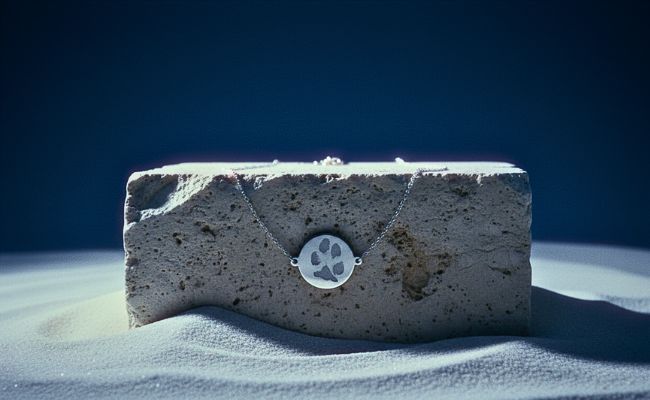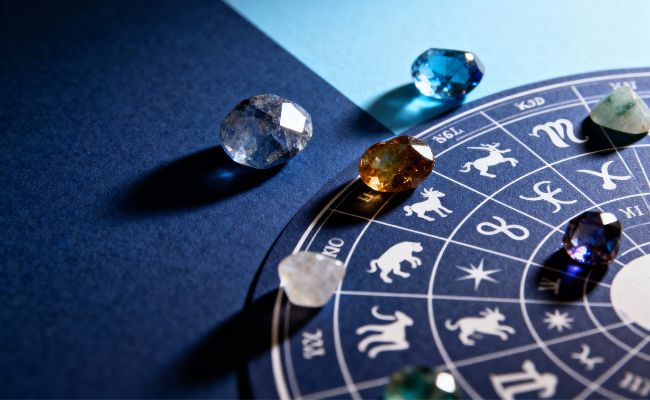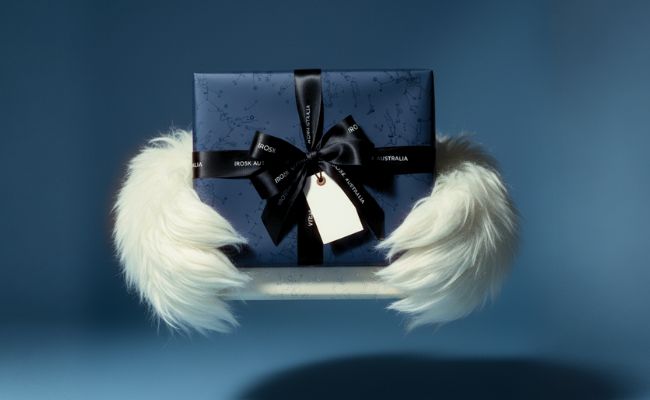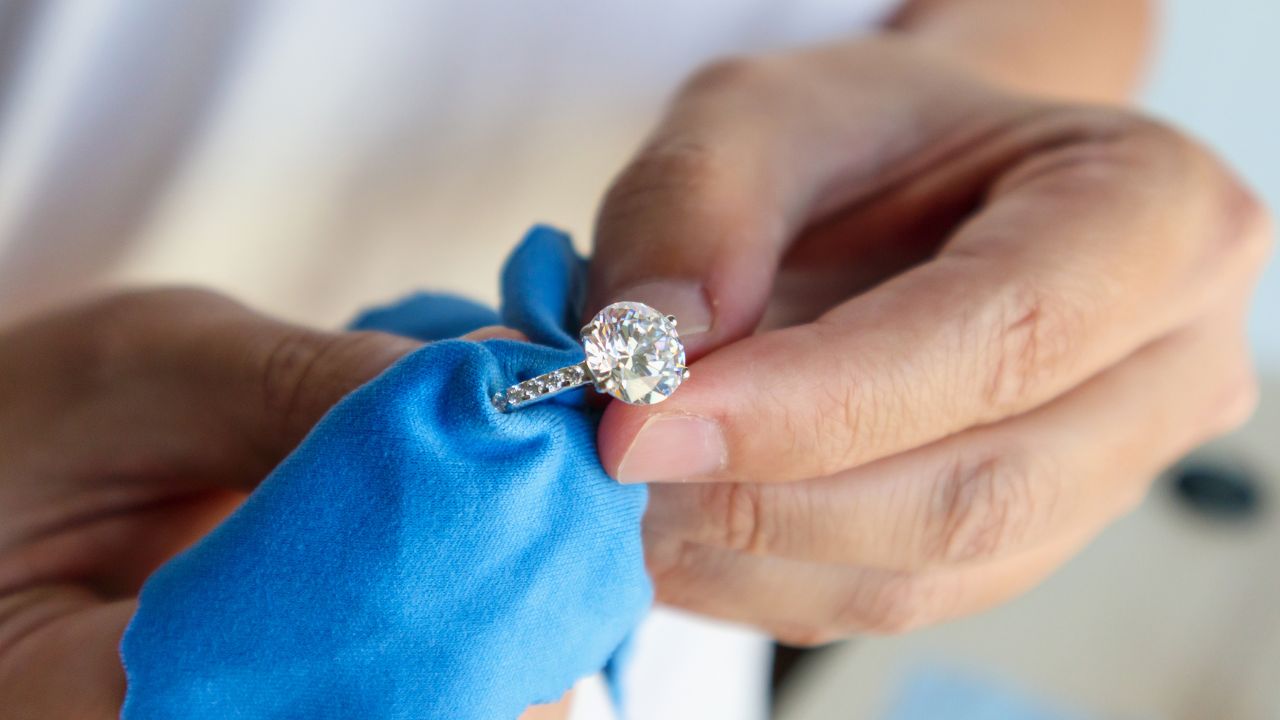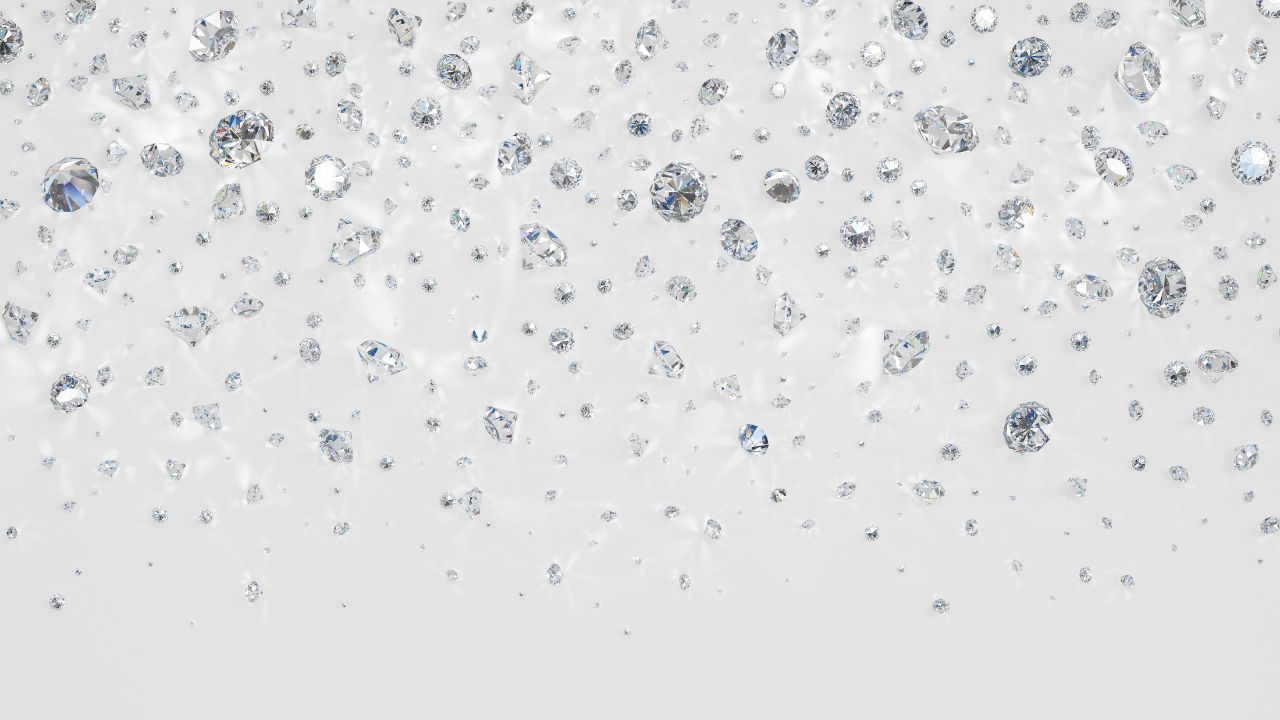
The Science Behind Moissanite’s Sparkle
Introduction
Moissanite is beloved for its dazzling sparkle, often outshining diamonds in certain lighting conditions. But what exactly causes this intense brilliance? The answer lies in chemistry, physics, and gemology. In this blog, we’ll break down the science behind moissanite’s sparkle, including its crystal structure, refractive index, and dispersion—all factors that make this gemstone a true showstopper.
what is moissanite, a complete guide.
1. Moissanite’s Crystal Structure
1.1. Silicon Carbide Composition
- Gemstone Make-Up: Moissanite is composed of silicon carbide (SiC), a compound known for its incredible strength and thermal stability.
- Durability Factor: Ranking at 9.25 on the Mohs scale, this composition ensures moissanite is nearly as hard as diamond, making it resistant to scratches.
1.2. Tetrahedral Bonding
- Stable Lattice: The atoms in moissanite form a tetrahedral pattern, creating a rigid lattice that supports intense internal reflections.
- Light Transmission: This structure allows more light to bounce around within the stone, contributing to its fiery appearance.
2. Refractive Index and Brilliance
2.1. What Is Refractive Index?
- Definition: The refractive index (RI) measures how much light bends when it enters a gemstone.
- Moissanite’s RI: Moissanite boasts an RI of about 2.65–2.69, which is higher than diamond’s 2.42.
2.2. Impact on Sparkle
- More Bending, More Brilliance: A higher RI means light bends more inside the gem, producing stronger flashes of light when it exits.
- Rainbow Effect: This bending also contributes to the rainbow fire that moissanite is famous for.
3. Dispersion and Fire
3.1. Understanding Dispersion
- Definition: Dispersion is how a gemstone splits white light into its spectral colors—red, orange, yellow, green, blue, indigo, and violet.
- Moissanite vs Diamond: Moissanite’s dispersion (~0.104) is higher than diamond’s (~0.044), meaning it separates light into more visible color flashes.
3.2. The “Fire” Factor
- Enhanced Color Flashes: Because of higher dispersion, moissanite often appears to have stronger rainbow flashes than diamonds.
- Lighting Matters: The stone’s fiery display is most noticeable under direct or spot lighting, where each facet can catch and refract light.
4. Cut and Facet Design
4.1. Maximizing Sparkle
- Facet Arrangement: A well-cut moissanite has precisely angled facets to enhance reflection and dispersion.
- Stone Shape: Round brilliant cuts typically showcase moissanite’s fire best, but fancy shapes (oval, princess, cushion) can also shine brilliantly with expert cutting.
4.2. Quality and Precision
- Expert Craftsmanship: Skilled lapidaries know how to position each facet for optimal brilliance.
- Symmetry: Even the slightest asymmetry can affect how light travels through the stone.
5. How to Maintain That Dazzling Brilliance
- Regular Cleaning: Oils, lotions, and dust can dull moissanite’s surface, so gentle cleaning with soap and water is recommended.
- Proper Storage: Keep moissanite jewellery separate to avoid scratching softer gems.
- Professional Check-Ups: Ensure the setting is secure and the stone is free of chips or damage.
(For more detailed tips, see our “Caring for Your Moissanite Jewellery” blog.)
Conclusion
Moissanite’s breathtaking sparkle is no accident—it’s rooted in scientific properties like its silicon carbide composition, high refractive index, and strong dispersion. These factors work together to create a gemstone that can rival or even outshine traditional diamonds in terms of brilliance and fire. Whether you’re drawn to its ethics, affordability, or simply its stunning visual appeal, moissanite stands as a modern marvel of gemology—truly a star in the jewellery world.



